Jared Oren
Program Manager, Counter-UAS Technology, National Urban Security Technology Laboratory, Science and Technology Department of Homeland SecurityJared Oren is a Test and Evaluation (T&E) Division Director at the National Urban Security Technology Laboratory (NUSTL), a government-owned and government-operated laboratory of the US Department of Homeland Security’s Science & Technology Directorate.
In coordination with and in support of DHS S&T’s Office of Mission & Capability Support (MCS), Jared oversees NUSTL’s Counter-Unmanned Aircraft Systems (C-UAS) RDT&E portfolio, oversees the Operational Field Assessments (OFAs) program where NUSTL serves as an independent test agent to assess S&T-developed capabilities in realistic first responder use cases and operational settings, and oversees other NUSTL projects and associated personnel impacting first responders around the country.
Jared brings 20 years of experience leading organizations and individuals to accomplish a variety of engineering missions worldwide—from rapid research and development to combat engineering and construction. He started his federal service in 2004 as a Platoon Leader with the U.S. Army where he was responsible for the welfare, training, deployment preparation and operations of 28 personnel in Ramadi, Iraq and Schweinfurt, Germany. He served for eight years as Chief of the Engineering Resources Branch, at the U. S. Army Engineer Research and Development Center’s (ERDC) Cold Regions Research and Engineering Laboratory (CRREL), growing a branch of 18 personnel to 57 and overseeing a varied RDTE program in cold regions pavements and materials, systems engineering, energy, and oil spill cleanup. He also served a temporary detail as Chief of the Research & Engineering Division, overseeing five R&D branches comprised of 185 engineers, scientists, technicians, and administrative personnel.
Check out the incredible speaker line-up to see who will be joining Jared.
Download The Latest Agenda


